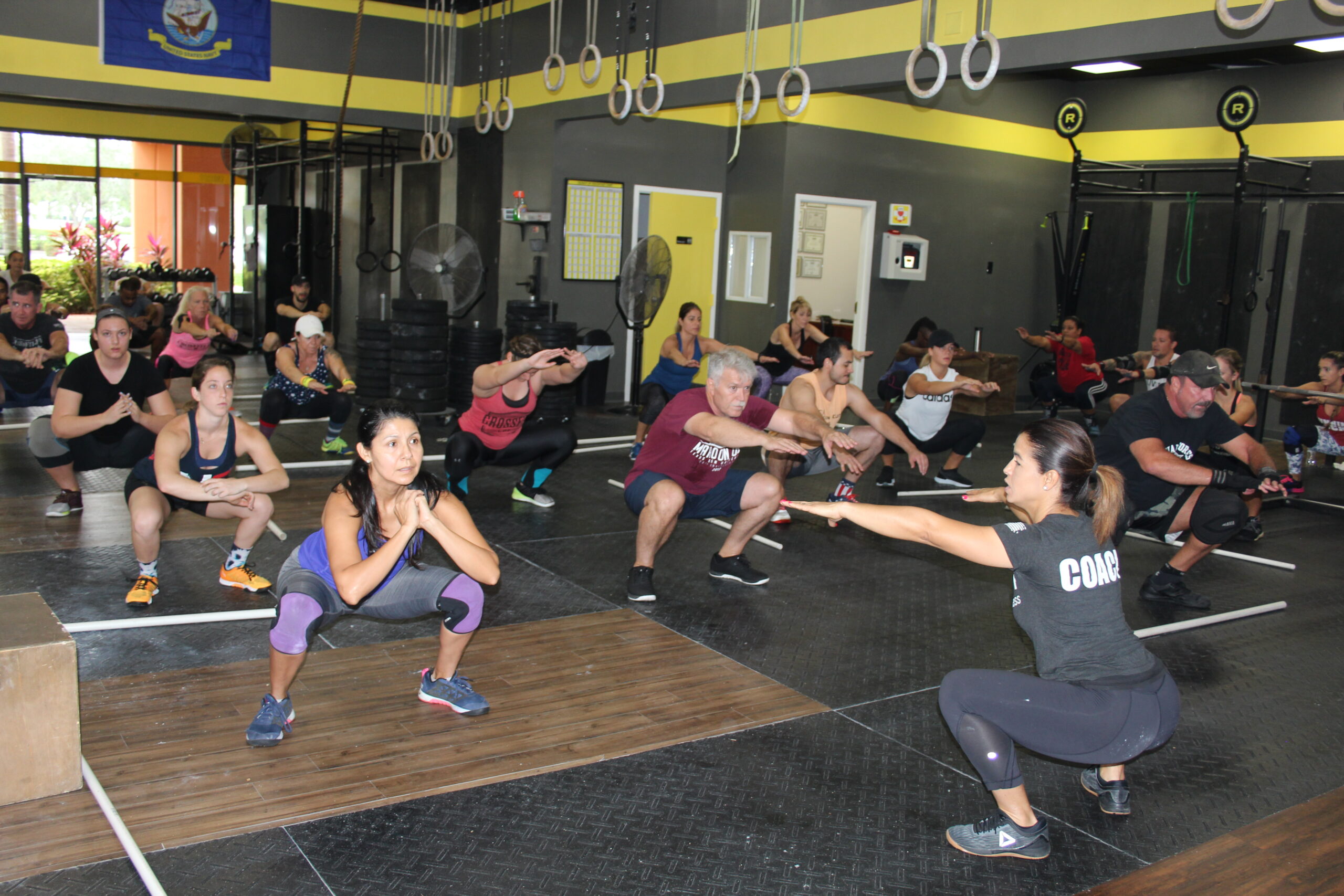Memorial Day is coming up, and CrossFitters around the world know what that means: it’s almost time for the “Murph” workout. This blog is the first in our 2-part series breaking down this WOD. In this post, we’ll discuss exactly what the workout is and the many different ways to approach it. Part 2 will then teach you how to properly prepare for it. Let’s go!
What is “Murph?”
The workout known as “Murph” was created by Navy Lieutenant Michael Murphy. It consists of a 1-mile run, 100 pull-ups, 200 push-ups, 300 air squats, and another 1-mile run. It is completed for time while wearing body armor. Murphy was unfortunately killed while serving in Afghanistan on June 28th, 2005 at 29 years old. Now, this workout is performed by individuals worldwide in his honor, most typically on Memorial Day.
Workout Variations
With or Without Gear
At CrossFit LPF, the “Competitor” version of Murph is completed while wearing body armor or a weighted vest (20 pounds for men, 15 pounds for women). The “Rx” and “Performance” versions are completed without wearing any additional gear. Pick whatever version is appropriate for you! It is guaranteed to be a challenging workout either way.
Partitioned
“Partitioning” the workout means breaking it into multiple smaller rounds rather than completing it as 1 large round. For example, many athletes run 1 mile, then do 20 rounds of 5 pull-ups, 10 push-ups, and 15 air squats. Then, they complete the final 1-mile run. This is the most common approach to tackling Murph and what we recommend at CrossFit LPF.
Unpartitioned
Completing the workout “unpartitioned” means that it is done without being broken up into rounds. You perform all reps of one movement before moving on to the next- so running 1 mile, then doing 100 pull-ups, then 200 push-ups, etc. To clarify- this does NOT mean that you must complete each movement unbroken. You could do 10 sets of 10 pull-ups, for instance. You just cannot move on to the push-ups until all 100 pull-ups have been completed.
Half-Murph
If you’re not ready to take on a whole Murph just yet, cut the reps in half. Run 800 meters, accumulate 50 pull-ups, 100 push-ups, and 150 air squats, and finish with another 800-meter run. The pull-ups, push-ups, and air squats can be partitioned into 10 rounds of 5, 10, and 15 reps respectively or done unpartitioned.
Partner Murph
If the idea of splitting the work with a friend sounds more appealing, try Partner Murph! You and your swolemate will both complete the runs but split the reps of pull-ups, push-ups, and air squats evenly. One partner will do 1 round of 5 pull-ups, 10 push-ups, and 15 air-squats while the other partner rests. Partners switch back and forth for 10 rounds each to accumulate all prescribed reps.
Scaling/Modifying Movements
Running – If needed, each run can be replaced with either a 2k-row or 3k-bike on the bike erg. If doing a Half-Murph, each run can be replaced with a 1k-row or 1.5k-bike on the bike erg.
Pull-Ups – Pull-ups can be performed strict, kipping, butterfly, jumping, or banded. With each variation, your chin must pass over the bar at the top of each rep and elbows must lock out at the bottom. Alternatively, pull-ups can be swapped out for ring rows. Your chest must touch the rings at the top of each rep and elbows must lock out at the bottom.
Push-Ups – For a push-up to be considered “Competitor” or “Rx,” knees must remain off the ground throughout the whole rep, chest must touch the ground at the bottom, and elbows must lock out at the top. If scaling, your chest must still touch the ground and elbows must still lock out. However, you can keep your knees on the ground for the whole movement (most scaled version). You can also push up with knees on the ground, then lift and keep them off the ground as you lower (intermediate version).
Air Squats – Standards for air squats include squatting below parallel as well as opening your hips at the top of each rep. If unable to achieve full depth, you can instead squat to a target that is an appropriate height for you. A wall ball or low box are excellent options for targets.
Choose the Right “Murph” For You
Murph is meant to be incredibly challenging. You are going to struggle, and that’s okay! Just be sure to choose the variations and modifications that will make it an appropriate amount of “struggle” for you. Lastly, stay tuned for Part 2 to learn how to start training for Murph NOW so you can be ready on Memorial Day. We can’t wait!





